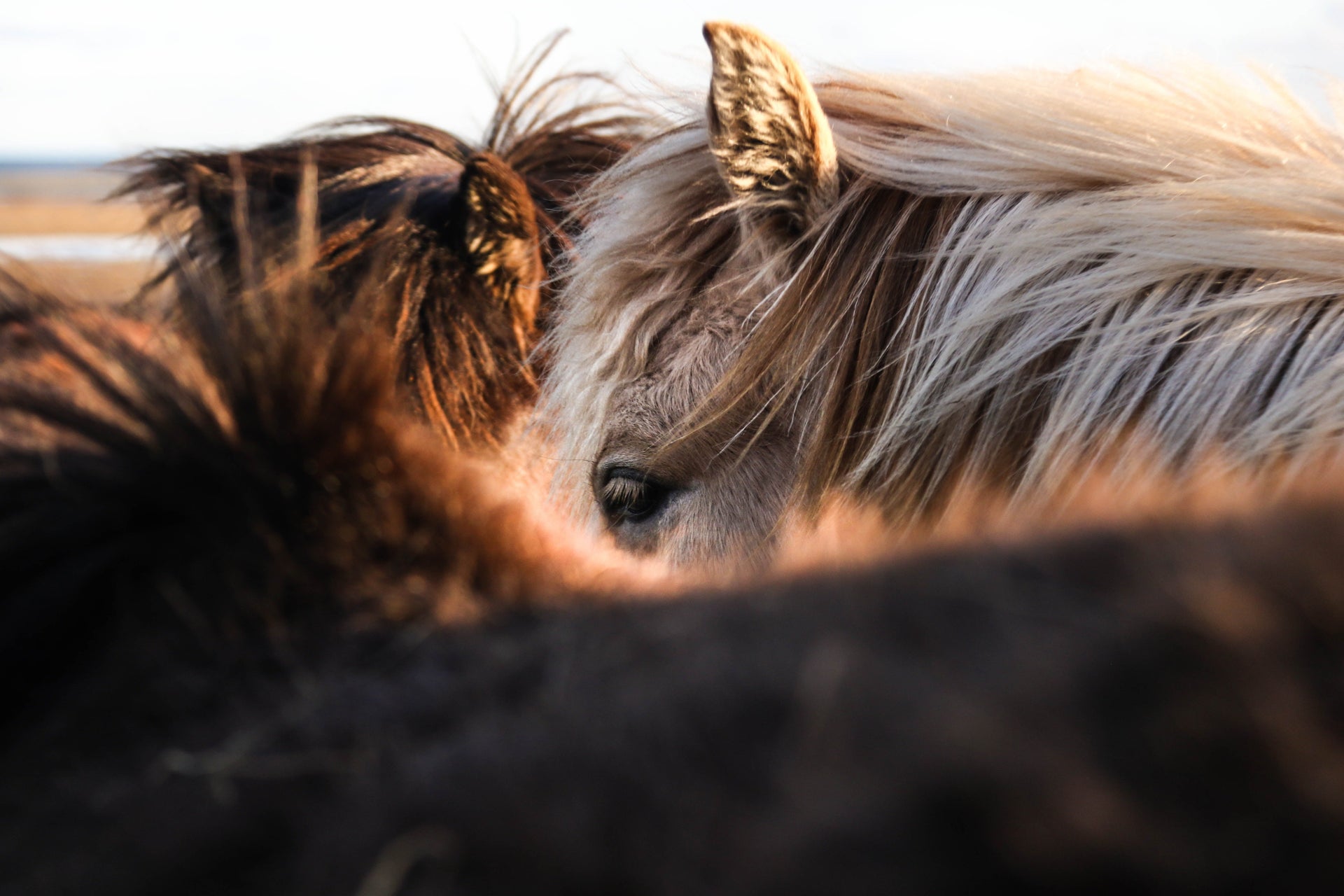When to use ration balancers for horses
May 13, 2021

When to use ration balancers for horses
With so many different types of horse feed on the market, it can be difficult to decide which one is best for your horse. Plain oats or some other single ingredient? A performance feed? Or perhaps something in between?
The answer will depend on several factors, including your horse’s age, work level, metabolism, as well as any underlying conditions. The most important thing to keep in mind is that, first and foremost, all equine diets should center around good quality forage. Concentrated feeds should then be used to fill in any nutritional gaps.
For many horses, a ration balancer might be the best option. This type of product has only been around for the last fifteen years or so, but they are formulated to provide the protein, vitamins and minerals that the average horse needs, only without adding a lot of calories or carbohydrates into the mix, which many horses often don’t need.
Ration balancers were originally created to balance unfortified grains such as oats or corn, but are now more commonly used to supplement a forage-based diet without any additional grains or feeds being needed. Equine ration balancers are essentially like a good all-around supplement supplying essential nutrients, only contained within a pelleted feed product. Unlike typical commercial feeds, however, they are heavily fortified and have a small recommended daily feeding rate.
Horse feed balancers are not the same as complete feeds
Some people may get ration balancer horse feed confused with complete feeds, but the two are very different. Complete feeds are intended to be fed as a horse’s sole food ration and are often used with older horses that have trouble chewing hay. A complete feed will provide high levels of fiber as well as all of the nutrition a horse needs, BUT only if fed at the recommended feeding rate, which is a large amount.
A ration balancer, on the other hand, provides all the vitamins and minerals a horse needs but is meant to be fed in small amounts (usually between 1 and 2.2 lbs per day). These products are typically low in fiber (around 4%) but high in protein (around 30%) and are meant to complement a forage-based diet.
Which types of horses can benefit from ration balancers?
Ration balancers are not designed for performance horses in hard work or for those who may have trouble holding weight, as they don’t provide enough calories for these horses.
They are, however, a great choice for many other horses including: mature idle horses, those in light to even moderate work, breeding stock, as well as young, growing horses.
Due to the fact that they are low in carbohydrate (NSC) levels, ration balancers are also often a good choice for overweight horses or those with metabolic issues. So called “hot” horses may also benefit from a ration balancer, especially if they can’t handle traditional commercial feeds. As long as a horse has plenty of access to hay or pasture to ensure calorie and fiber needs are being met, a ration balancer will usually make up for any other lacking nutrients.
Ration balancer feed for horses can also be top-dressed
Another way equine ration balancers can be useful is as a top-dressing when a horse can benefit from a performance feed, but the owner doesn’t want to feed the recommended amount of that feed due to the high number of calories it may provide. The ration balancer can then be added as a top-dressing to ensure all vitamin, mineral, and protein needs are being met.
If you choose to go this route, a general rule is to simply top-dress 250 kg (0.5 lb) of the balancer pellet for every kilogram under the recommended feeding rate of the performance feed.
*For best results, discuss this with an equine nutritionist FIRST.
Different types of ration balancer horse feeds
Last but not least, it’s important to mention that feed balancers for horses sometimes come in two main formulas: those that should be fed with grass hay and those that should be fed with legume hay such as alfalfa. Because these types of hays provide different nutrient profiles, the two ration balancer formulas are designed to complement them accordingly. Always read the label on any ration balancer product you are considering to ensure it is the right one for the type of hay you feed.
As always, supplying your horse with top-notch nutrition to meet all of their requirements will translate into better health and performance. Do not underestimate the power of your horse’s diet!

